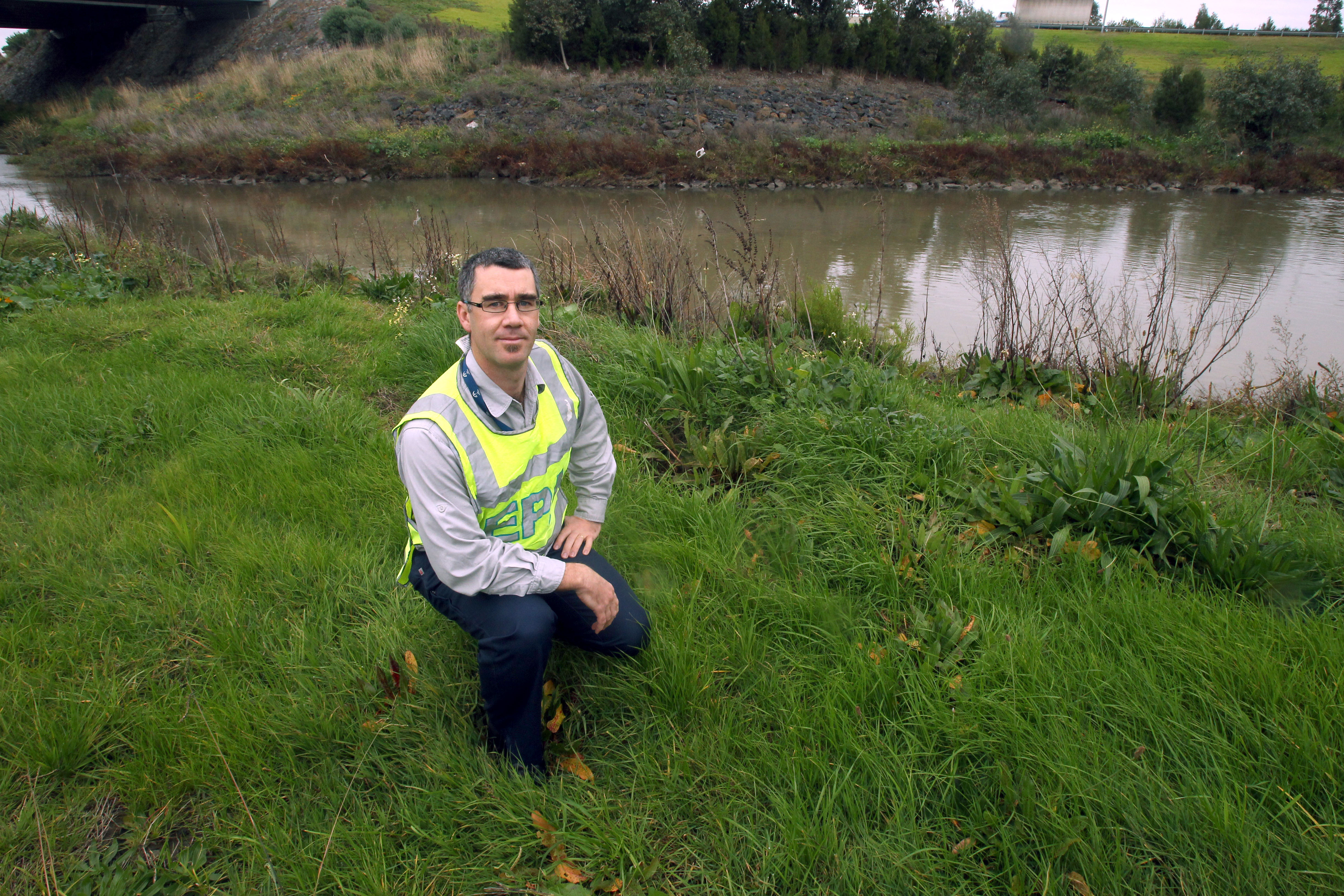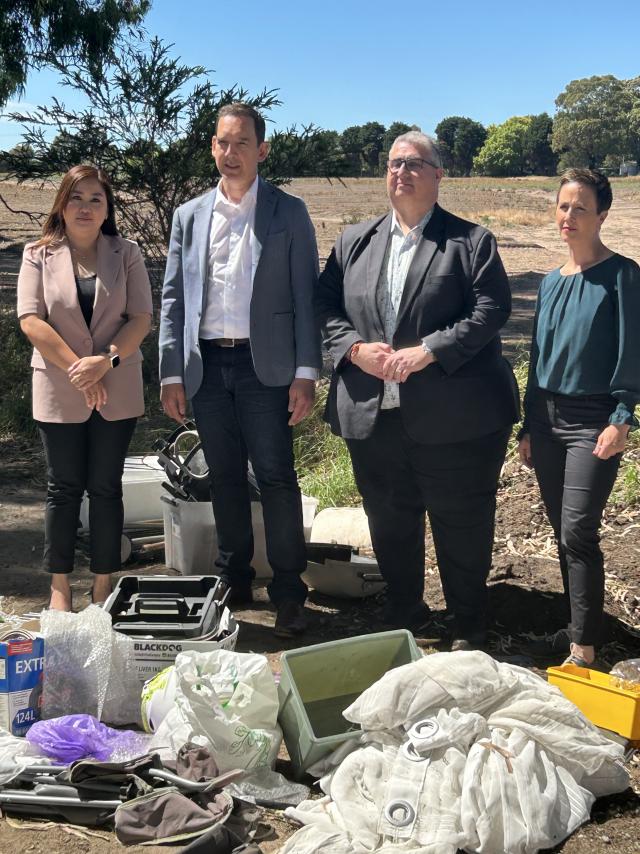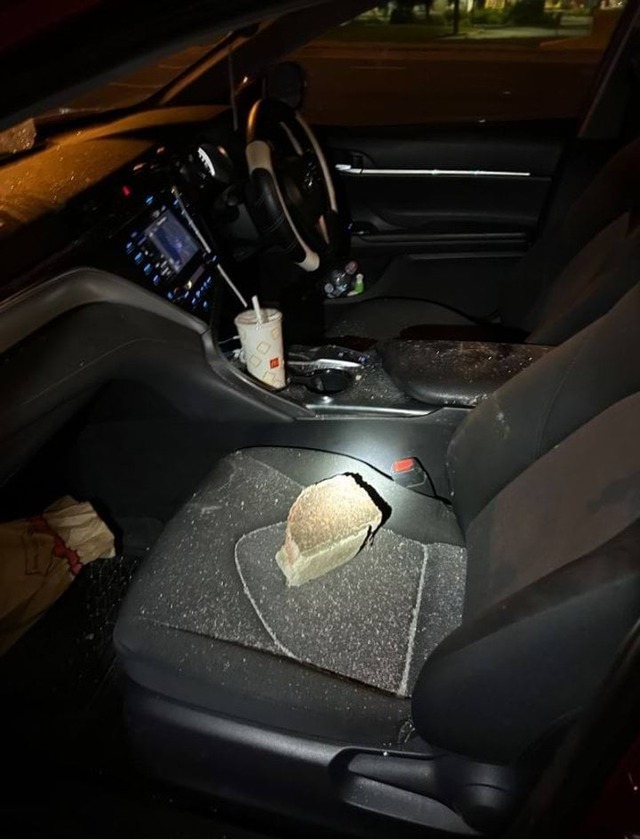By CAMERON LUCADOU-WELLS
Environment Protection Authority investigators are a curious mix of greenies and cops, says one of their colleagues.
They share a legal precision, scientific accuracy and a fervent passion for the environment as they crunch data, forensically measure pollutants and photograph evidence.
When they prosecute, the investigators require a level of proof “beyond reasonable doubt”.
During a personal tour of licensed sites in Greater Dandenong, including the offensive industrial zone in Ordish Road, EPA general manager Leigh Bryant reveals he has worked for several of the factories himself.
“We’re here to assist businesses to comply [with their licences]. We’re not here to close businesses down. They produce and dispose of the products we use.”
He points out some of the flash-points, such as a recent fire fuelled by 500,000 litres of oil at Tritech’s oil lubricant factory. EPA officers urgently ordered soil to dam a drain to prevent run-off from the CFA’s hoses running into Eumemmerring Creek.
The EPA has continued monitoring the site’s clean-up for two years.
In Swift Way, a self-described “recycler” was pulled up for leaving out 1000 kilograms of crushed TVs in bags outside its yard. A neighbouring business was pinged for dumping more than 20 litres of cutting fluid, causing the water in an open drain to turn white.
As previously reported by the Journal, the state environment watchdog is battling to maintain its presence in the field despite 15 per cent funding cuts across the state public service.
Two months ago, the number of field workers covering a region stretching from Knox to the Mornington Peninsula and Lang Lang was four, down from six or seven. At the same time, their job demands haven’t shrunk.
Dandenong is home to 80 of the state’s 350 EPA-licensed polluters, which submit annual performance reviews to the authority and are inspected by their officers at least once every three years. These sites include abattoirs, waste and sewage treatment, quarries and landfills.
Mr Bryant said pollution levels in Dandenong’s industrial area were profoundly less under the EPA’s licensing system.
The systematic clean-up has also been driven by passionate community groups, such as Residents Against Toxic Waste in the South-East who say “it’s not acceptable to stink up Dandenong South”. Some of these “allies” can also criticise the EPA for not taking more strident action, such as closing SITA’s Hallam Road landfill after repeated foul odours escaping into the housing estate 100 metres away.
Mr Bryant said the mutual encroachment of industries and homes into each other’s zones was is the crux of the problem.
“The EPA objected to the housing estate being built near the landfill and [Casey] council refused to give the developers a permit, but VCAT [the Victorian Civil and Administrative Tribunal] issued the permit.”
What do you think? Post a comment below.







